Need for Speed Project
More than 100 cars were used in filming Need for Speed including classic muscle cars (a Mustang especially designed by Ford topping out at 190 mph, a 1969 Ford Gran Torino and a 1968 Chevy Camaro) – and a stunning collection of supercars, including examples of the Saleen S7, Lamborghini Sesto Elemento, McLaren P1, GTA Spano, Bugatti Veyron Super Sport and several Koenigseggs.
Because movie director Scott Waugh spent most of his career as a stuntman, he had a sense of how actual vehicles looked on camera compared to Computer Generated Imagery (CGI), and he wanted the most authentic look possible. So real cars had to be used.
Of course, "real cars" didn't actually mean real McLarens, Konigseggs and Bugattis, as the expense of wrecking those cars might have meant the movie would never have been made.
“There are only a few super cars in the world and they’re not really camera-friendly. You’re not going to drill into the side of a two and a half million dollar car… they’re art pieces, that’s what everyone forgets. You’re going to replicate it to wreck it so the real one is still there.”
And that's where RCR came in – we built 15 running, driving chassis (including some designed to be pure camera cars as the camera cars had to be as fast as the feature cars, if they were to keep up with the action!). The RCR chassis were modeled after the successful Superlite SL-C, and used the same proven chassis and drivetrain architecture, suspension, steering and braking systems. Each of the chassis contained a Chevy LS engine; the camera cars even had automatic transmissions to make the camera car drivers job easier!
The production company then hired Reel Industries, a local Los Angeles company, to create fiberglass body shells and interior mockups for each supercar. Fortunately the manufacturers were enthusiastic to get involved and shared confidential CAD specs which is why the cars look so accurate. The bodies were then installed on the running chassis supplied by RCR.
All the driving scenes were done by precision drivers and stunt performers on location, rather than on a sound stage with every supercar running on the chassis provided by RCR. CGI was used only to remove crew members and wires from shots.
Waugh also used as many as 40 cameras at a time to capture a single scene from all angles, relying on his own 25 years of experience as a stuntman,jumping, crashing and racing cars in movies and TV shows. He says:
"We went back out on the road, traveling at high speeds and hanging out the side of the car to film this. I wanted the audiences to really feel what it's like to drive 230 miles per hour."
In addition to lots of outright speed, the cars provided by RCR were tough, too. The producers requested extra suspension parts to account for breakage, but we suggested that they probably wouldn't need any. Their response was that their drivers were very hard on cars and that they were sure to break parts.
We provided them anyway, as they requested, but it turned out they didn't break any after all – apparently RCR and Superlite cars are pretty rugged as well as being fast!
